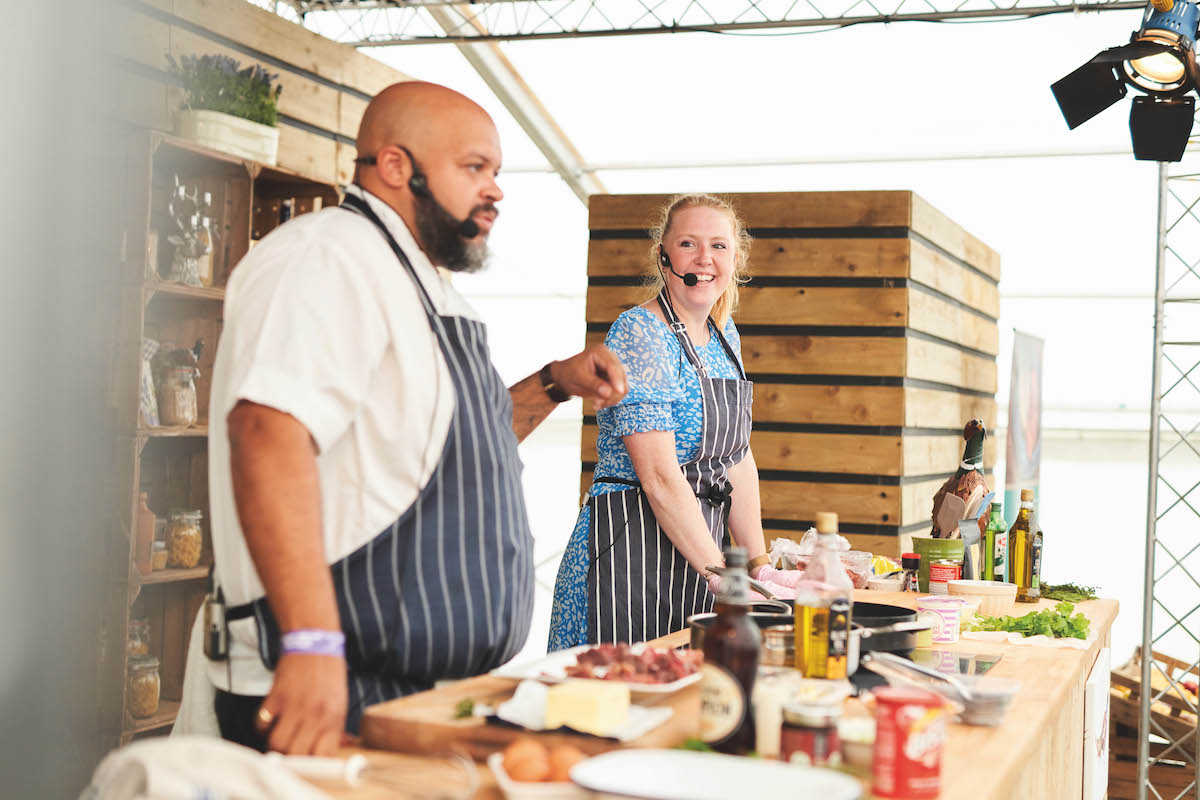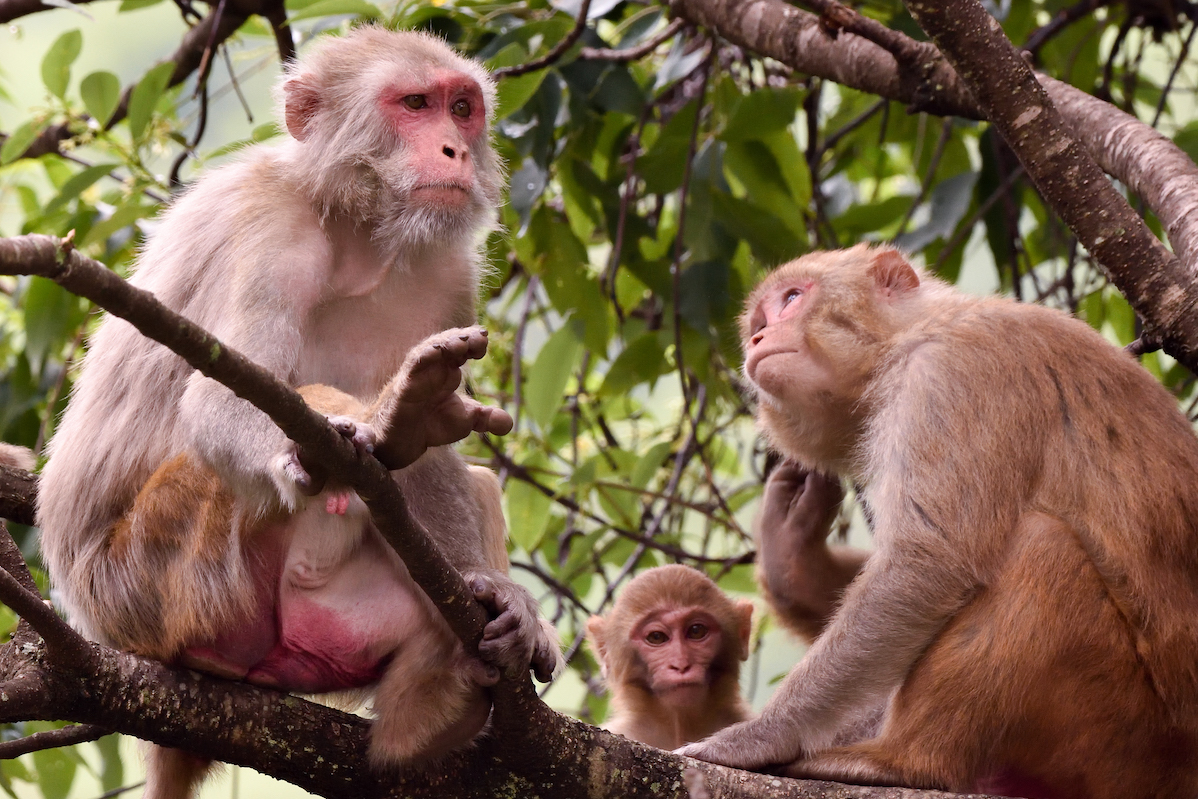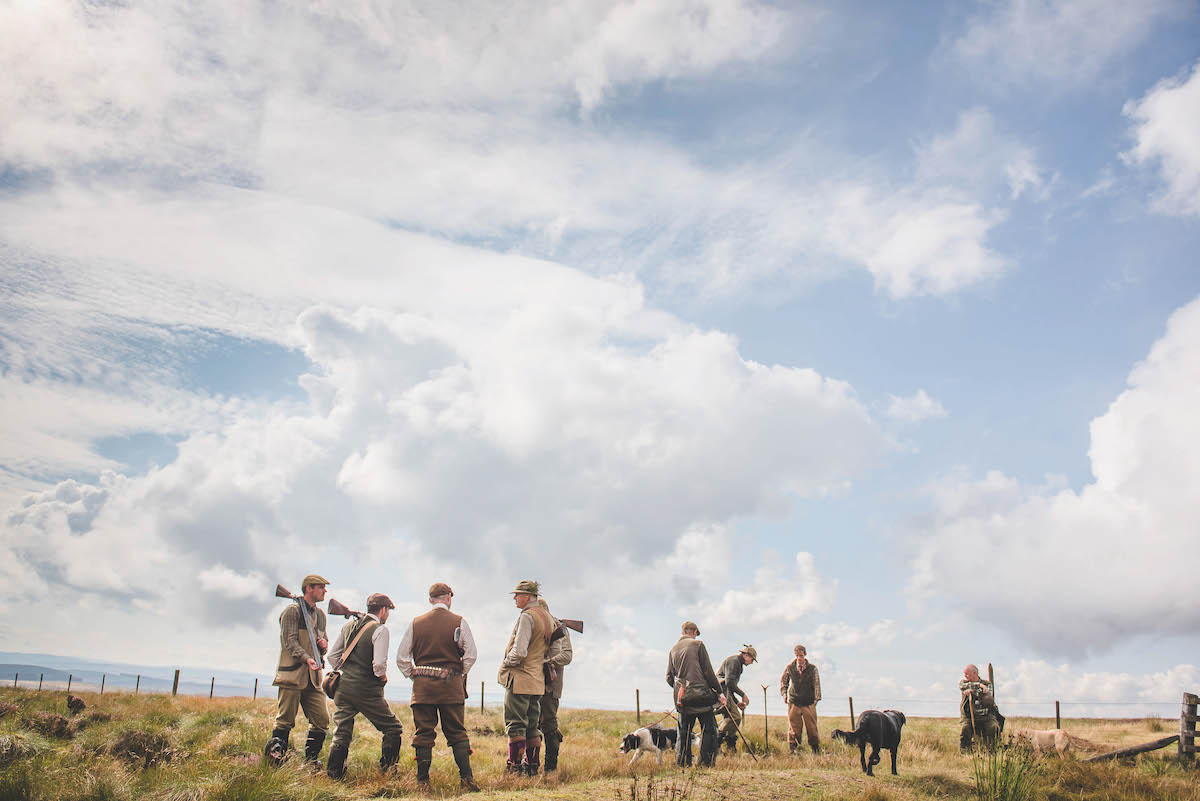Hanging game birds
Keep your birds cool and hang them well for texture and flavour, as Ian Mason reports on the importance of hanging fresh game
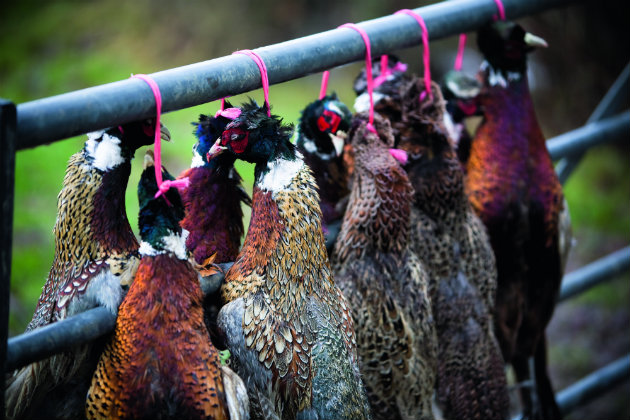
Old-time poachers knew the value of a well-hung pheasant – they also knew the harsh penalty for being caught in possession. Their answer was to dig a hole and hang their ill-gotten game from a stick placed across the entrance. Logs or a heavy stone slab were used to cover the hole and conceal the ripening game from foxes, dogs and the village bobby.
Of course in olden days, folk really did like their game “ripe”. Horror stories abound of maggoty game hung until head and carcase fell apart and the meat smelling worse than a keeper’s summer socks. I’m guessing that this fancy for high meat was partly down to taste, but mostly due to a lack of refrigeration in Victorian kitchens.
How long should game be hung?
Diners today (myself included) prefer a more subtle flavour and would likely recoil from green-hued meat. This begs the question – for how long should game be hung? For advice I turned to game-chef extraordinaire Lee Maycock.

Pheasant and partridge yield lean healthy meat that is rich in protein but low in saturated fatty acids. The meat also contains high levels of essential nutrients such as iron, vitamin B12, phosphorus, selenium, niacin and vitamin B6
Lee is the national chairman of the UK’s leading chefs’ association – the Craft Guild of Chefs. He is also passionate about game and country sports, and has worked with the Countryside Alliance Game-to-Eat campaign since it launched in 2002.
When he’s not slaving over a hot stove, Lee is out gameshooting or decoying woodpigeon – his favourite quarry. So for how long does he hang his game? “For a pheasant to take off it needs a surge of adrenaline. If you shoot it soon after take off, that bird is full of adrenaline and you would not want to eat it immediately,” he says.
“The reason we hang game for two, three or four days is to let the tissue relax and rest. I think that two to three days is adequate. The idea of hanging a bird for several weeks is long gone – today’s palate could not deal with such strong flavours.”
Hung for flavour to develop
In fact, Lee believes that one reason game had a bad press for many years was outdated ideas about it being hung for weeks and consequently tasting far too gamy for popular taste.

Lee says pheasants and partridge will need at least to days hanging time
Although most reared pheasant will be shot at around 16 weeks and will therefore be young and tender, it still needs to be hung for flavour to develop. Of course when the weather remains warm, as it often does between September and November, hanging time needs to be shortened and a cool place found for the birds to ripen. However, Lee maintains that pheasant and partridge need at least two days’ hanging before going to the pot.
He is particular about separating birds to cool as soon as they have been shot. All too often pigeon shooters, who are fortunate enough to be on the stubbles for a bumper bag day, end up with a mound of birds behind their hide. Heaped birds can go off very rapidly as temperature builds inside the pile.
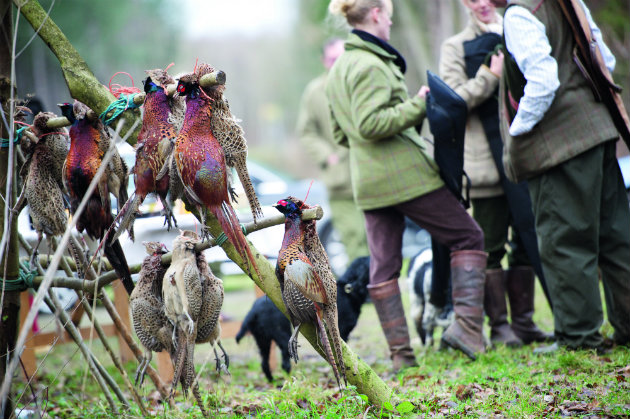
Birds need separation on the game cart to allow air to circulate, especially on sunny days
Although Lee can’t wait to get pigeons into the oven, he still lets them rest before preparation. “You can’t beat a woodpigeon shot at the end of summer when they have been feeding on the harvest and hedgerows – they develop so much flavour. I cook them simply and I’m a huge believer in what grows together, goes together, so I cook and serve them with ingredients that pigeons eat, such as peas and hedgerow berries.”
So, to return to the question of hanging time; it really comes down to personal taste. If you are new to gameshooting and the weather is cool enough, why not experiment? Twist the keeper’s arm and take home half a dozen birds and prepare the first carcase after two days hanging, the second a day later, and so on. It can be quite interesting to see how flavour develops over time. I also reckon that breast meat from a hen pheasant is more tender and milder tasting than a cock bird – but that’s an argument for another day.

Hanging birds by the neck helps prevent pooled fluids from tainting breast meat
Hints and tips for handling shot game
- Never heap shot birds, always separate and lay them breast up for rapid cooling. At the end of the drive, get them to the game cart, then chiller, as soon as possible – especially on warmer days.
- The rule used to be to hang pheasant by the neck but fowl by their feet (fowl have no crop so fluids can drain from the throat). These days most shoots hang both by their necks as the simplest way of preventing pooled fluids from tainting breast meat.
- Gut shot birds, or those badly mauled by a hard-mouthed dog should not be hung, but used as quickly as possible for making stock or game pie.
- Don’t hang fowl for too long – duck fat can go rancid quickly, especially in warmer weather.
- A pheasant carried in the plastic lined part of a game bag (rather than the net) can turn green in about 40 minutes on a warm day.
- Birds need separation on the game cart, to allow air to circulate, especially on sunny days.
- Try not park the game cart in sunshine. Once again overheating is the villain that will spoil your game.
- In the chiller birds need to be at least six inches apart (preferably more). If they touch they will sweat and turn green.
- Try roasting your pheasant in an oven bag – it can keep the meat surprisingly moist.
When game hangs what happens to the meat?
The energy to power a game bird’s flight comes from sugars (glycogen) in wing muscles. After death, glycogen is converted into lactic acid by enzymes, which are naturally present in meat. This lactic acid helps to tenderise the meat and adds flavour. However, when stress or prolonged violent flight occurs prior to death, glycogen stores are rapidly burned up. With less glycogen available, not as much lactic acid is produced after death, leaving the meat tougher to chew and far less tasty (it will also spoil more rapidly). Food producers routinely “cheat” and add lactic acid to a wide range of foods including meat, poultry, fish, drinks and dairy products, in order to enhance flavour and extend shelf life.
Safety: Following lengthy experiments with game, food-safety specialists recommend that shot pheasant be hung for three days at 4°C (39°F) and no longer than seven days. Game to Eat recommends birds hang for five to seven days at 5°C (41°F) but for less time if warmer. I usually opt for three days at 10°C (50°F). It all comes down to personal preference and how high you like your game – however do remember that temperature is crucial and your meat is at risk of growing unwelcome and potentially harmful bacteria above 15°C (59°F). The UK average outdoor temperature can spike higher than 15°C in September and October.

Game chef Lee Maycock is the national chairman of the Craft Guild of Chefs
Further information
There are cracking recipes for partridge, pheasant, venison, rabbit, grouse and woodpigeon on the Game-to-Eat website. Lee Maycock helped develop many of these recipes.
Pheasant takes a selfie
Flytipping is a scourge of the countryside. To crack down on the illegal dumping of waste in County Durham, the…
Roasted hen pheasant & game chips by Tim Maddams
Roasted hen pheasant and game chips Ingredients 1 whole, plucked and dressed hen pheasant A little pork fat or goose/duck fat…



